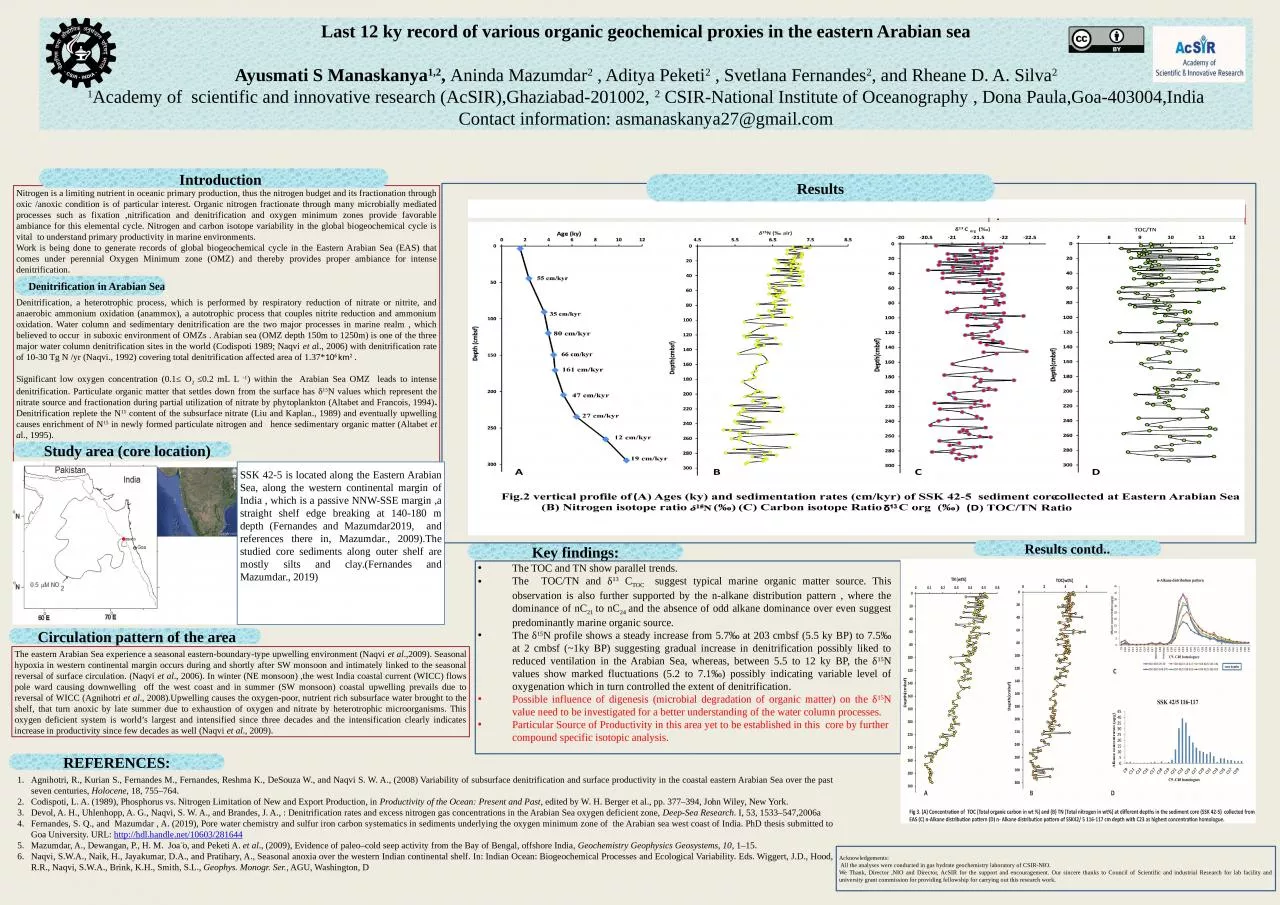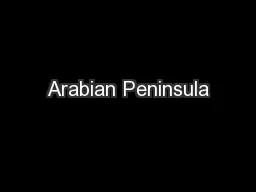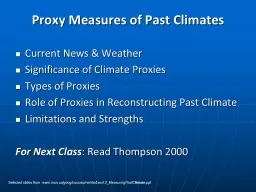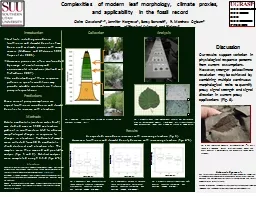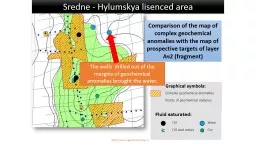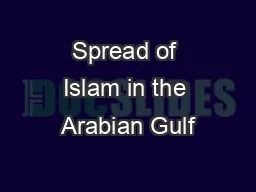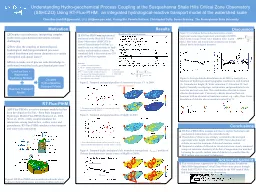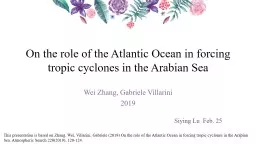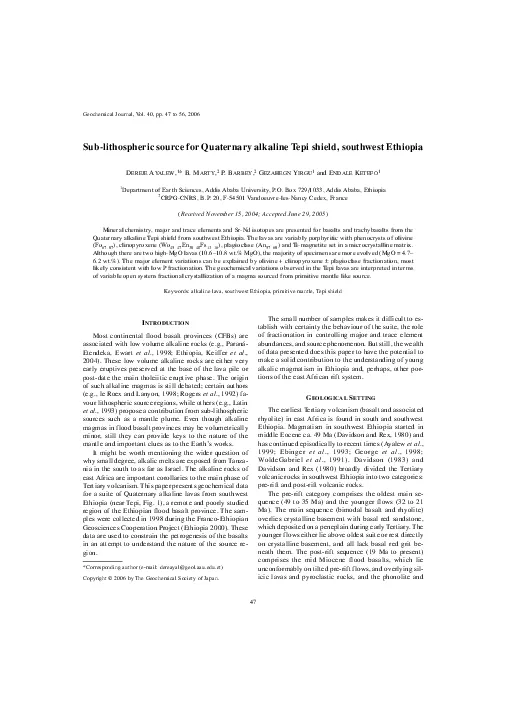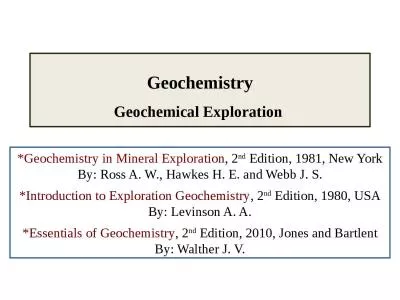PPT-Last 12 ky record of various organic geochemical proxies in the eastern Arabian sea
Author : Smoke-Fire | Published Date : 2022-08-04
Ayusmati S Manaskanya 12 Aninda Mazumdar 2 Aditya Peketi 2 Svetlana Fernandes 2 and Rheane D A Silva 2 1 Academy of scientific and innovative research
Presentation Embed Code
Download Presentation
Download Presentation The PPT/PDF document "Last 12 ky record of various organic g..." is the property of its rightful owner. Permission is granted to download and print the materials on this website for personal, non-commercial use only, and to display it on your personal computer provided you do not modify the materials and that you retain all copyright notices contained in the materials. By downloading content from our website, you accept the terms of this agreement.
Last 12 ky record of various organic geochemical proxies in the eastern Arabian sea: Transcript
Download Rules Of Document
"Last 12 ky record of various organic geochemical proxies in the eastern Arabian sea"The content belongs to its owner. You may download and print it for personal use, without modification, and keep all copyright notices. By downloading, you agree to these terms.
Related Documents

